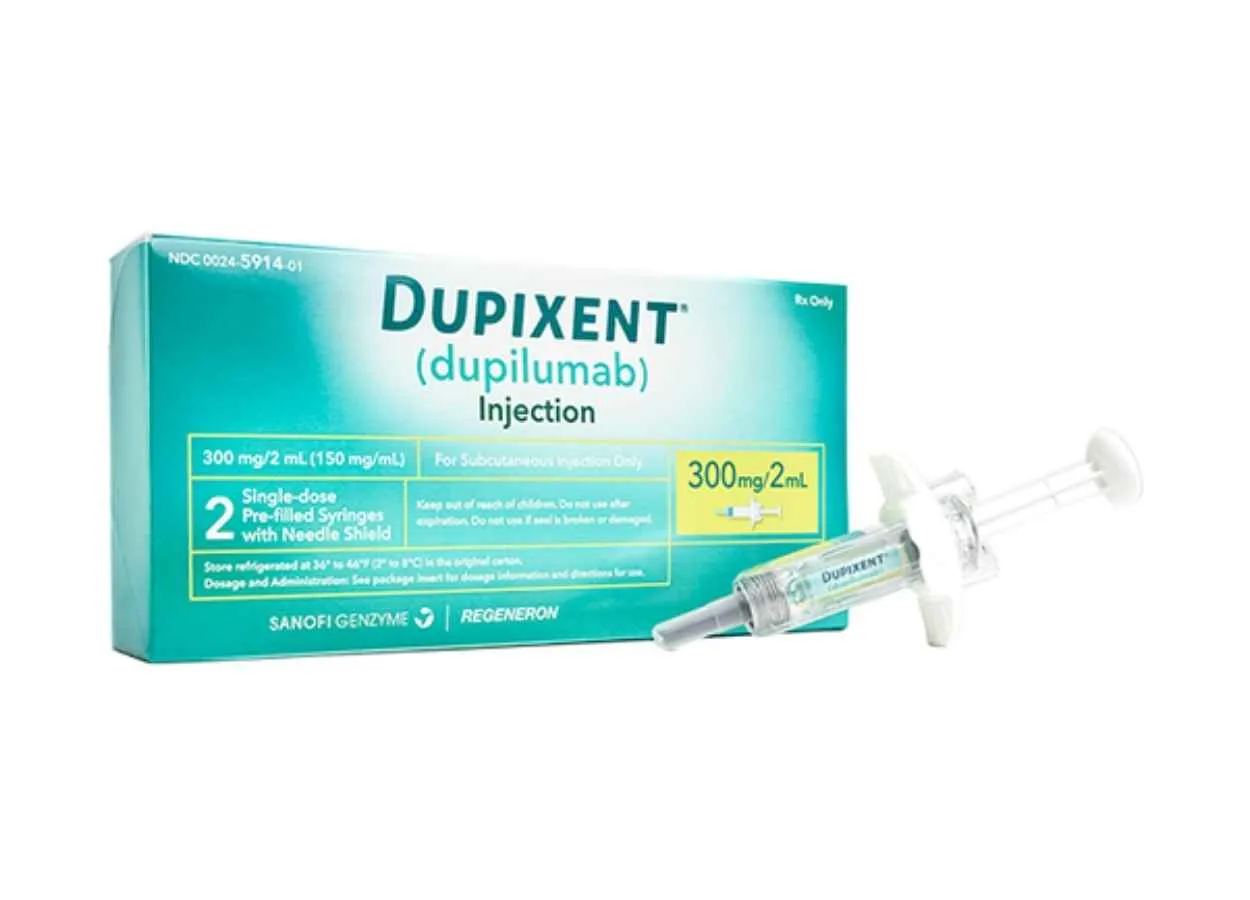PARIS and TARRYTOWN, N.Y. – October 22, 2021 - A pivotal Phase 3 trial evaluating Dupixent® (dupilumab) in adults with uncontrolled prurigo nodularis, a chronic type 2 inflammatory skin disease that causes extreme itch and skin lesions, met its primary and all key secondary endpoints, showing that Dupixent significantly reduced itch and skin lesions compared to placebo in this investigational setting. The impact of uncontrolled prurigo nodularis on quality of life is one of the highest among inflammatory skin diseases with intense, chronic itch.
“We are encouraged that patients in this trial experienced a significant reduction in itch and skin lesions, especially given that prior to enrollment nearly all patients had severe itch and nearly 40% had 100 or more nodules covering their body,” said John Reed, M.D., Ph.D., Global Head of Research and Development at Sanofi. “These data are an important step forward in furthering our knowledge of the role that targeting IL-4 and IL-13 can play in the treatment of skin diseases that cause extreme itch. We are committed to continuing to leverage the robust Dupixent clinical program to transform the understanding of the science behind a number of type 2 inflammatory diseases and look forward to presenting the full results at a future medical congress.”
People with prurigo nodularis experience intense, persistent itch, with thick skin lesions (called nodules) that can cover most of the body. It is often described as painful with burning, stinging and tingling of the skin. The debilitating signs and symptoms of prurigo nodularis can negatively impact health-related quality of life, including mental health, activities of daily living and social interactions. There are no approved systemic treatments for prurigo nodularis. High-potency topical steroids are commonly used, which are associated with safety risks if used long-term.
“Prurigo nodularis is an underdiagnosed disease with immense physical and emotional burden for the 74,000 people in the U.S. who are unable to control their disease with topical steroids and otherwise do not have an approved treatment option,” said George D. Yancopoulos, M.D., Ph.D., President and Chief Scientific Officer at Regeneron. “These patients are left to cope with severe itching and painful nodules that, in turn, significantly impair one’s quality of life with many resorting to immunosuppressants and some to antidepressants. These results show – for the first time in a Phase 3 prurigo nodularis trial – that a systemic medicine is able to address the most debilitating symptoms such as itch without broadly suppressing the immune system, building on the promise of Dupixent in a broad range of serious dermatologic, respiratory and gastrointestinal diseases.”
In the Phase 3 PRIME2 trial, topline results comparing Dupixent (n=78) to placebo (n=82) showed:
• 37% of Dupixent patients experienced a clinically meaningful reduction in itch from baseline compared to 22% of placebo patients (p=0.0216) at week 12, the primary endpoint.
• At week 24, nearly three times as many Dupixent patients experienced a clinically meaningful reduction in itch from baseline: 58% of Dupixent patients compared to 20% of placebo patients (p<0.0001).
• At 24 weeks, Dupixent patients were nearly three times as likely to achieve clear or almost clear skin: 45% of Dupixent patients compared to 16% of placebo patients (p<0.0001).
• Dupixent patients experienced significantly greater improvements in measures of health-related quality of life, skin pain and symptoms of anxiety and depression.
The safety results of the trial were generally consistent with the known safety profile of Dupixent in its approved indications. The occurrences of treatment-emergent adverse events were generally similar between Dupixent and placebo groups (57% Dupixent, 51% placebo). The most common adverse events were conjunctivitis (6.5% Dupixent, 0% placebo), herpes viral infections (6.5% Dupixent, 0% placebo) and skin infections (5% Dupixent, 9% placebo). Additionally, 3% of Dupixent patients and 30% of placebo patients discontinued prior to week 24.
An additional trial in the LIBERTY-PN PRIME clinical program, PRIME, is fully enrolled. PRIME has a similar trial design and is expected to read out in the first half of 2022. Sanofi and Regeneron plan to begin regulatory submissions in 2022.
The potential use of Dupixent in prurigo nodularis is currently under clinical development, and the safety and efficacy have not been fully evaluated by any regulatory authority.








